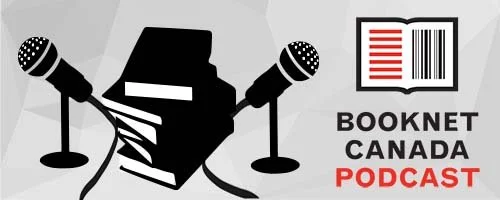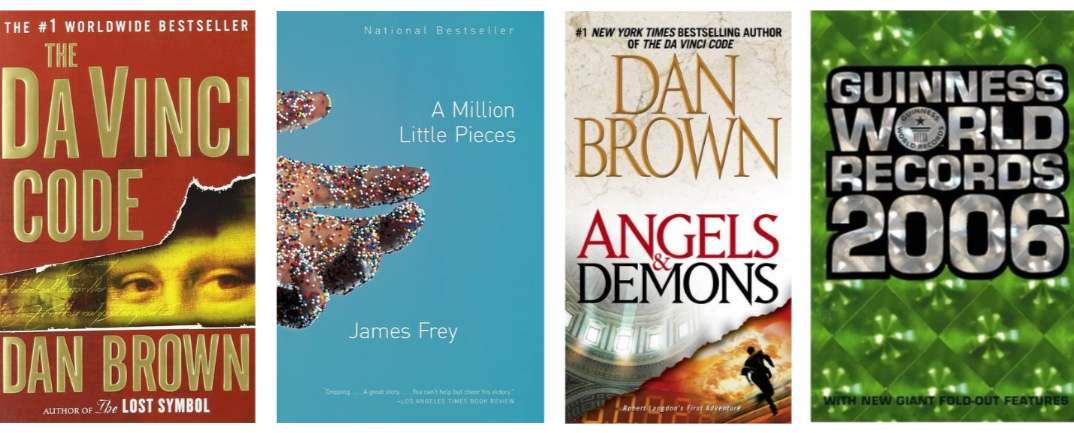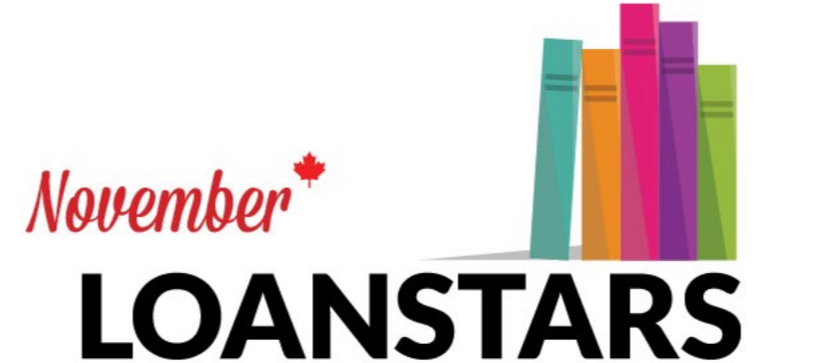This blog post continues a series where we will demonstrate how to highlight diverse book content using the Thema subject classification system. For more, you can review our blog coverage of Thema or follow the other entries in this series.
It’s no secret that we at BookNet are major fans of the Thema subject classification system. Although we still love BISAC, the love for Thema is real. While BISAC (the dominant subject classification system in the North American book market) has made adjustments to its codelist to meet market demand for more granular coverage of diverse content, such as the inclusion of Own Voices subject categories in the Fiction and Young Adult categories, it is still intrinsically challenged due to its structure. Thema, with its qualifier lists, can better handle diversity matters such as intersectionality in a way that BISAC isn't capable of.
Quite simply put: when used correctly, Thema can communicate more granular and specific information about a book’s content that allows data senders and data recipients to share and display information about a book that represents a more diverse and inclusive range of content ripe for discovery by a marketplace that demands it.
Thema is overseen by EDItEUR, the international standards organization that also oversees the ONIX for Books metadata standard. When we hosted EDItEUR’s Chris Saynor at Tech Forum 2021, he shared some tips and tricks to reinforce what we already knew: Thema is far better equipped to support sharing diversity information than anything yet put forth in the market.
New to Thema? Learn more about the basics.
Thema: real life examples
In 2020, EDItEUR released a comprehensive report on how to use Thema to communicate what we’ll call “diversity” attributes about a book. This was followed by what EDItEUR refers to as “worked examples,” where EDItEUR took real books in the market and made suggestions as to what specific Thema subject categories and qualifiers could be assigned to describe the book’s content. We're republishing these examples to show how flexible and adaptive Thema is, and to illustrate the effectiveness it offers as a solution to communicate so-called “diversity” attributes about the book's content.
Note: They don't necessarily represent the actual codes chosen by the publishers, and they're meant to stimulate discussion and reflection rather than being authoritative statements of the correct way to categorize the particular books listed.
Where possible, we’ve complemented EDItEUR’s examples with Canadian titles and categorized accordingly. The same caveats apply and are worth repeating: the BookNet-selected codes don't necessarily represent the actual codes chosen by the publishers, and they're meant to stimulate discussion and reflection rather than being authoritative statements of the correct way to categorize the particular books listed.
Example: King Warrior by Jay Bulckaert 🍁, Erika Nyyssonen, and Lucas Green (Renegade Arts)
From powerhouse Alberta graphic novel publisher Renegade Arts, King Warrior is, according to the metadata: “A story spanning the globe both imaginary and real, King Warrior celebrates the turbulent glory of childhood while encouraging the reader to reconnect with that rich inner palace of youthful imagination that ultimately holds the key to our freedom. Living in different worlds and separated by an ocean, a father and son try to stay connected through the power of imagination as their distanced lives pull them further apart.”
Let’s explore how King Warrior could be categorized according to the Thema subject categorization.
Points of Reference: Publisher-provided BISAC subject
To have an excuse to bask in that truly fabulous cover, we did some research on the title and reviewed:
The publisher’s website
The publisher’s ONIX record for the book, as supplied by Publishers Group Canada
Additional Google searches and results
Referring to the publisher’s metadata record for the book, we have some information about the book’s classification. The publisher has assigned the book with a BISAC subject category of JUVENILE FICTION / Comics & Graphic Novels / Fantasy.
Points of Reference: Publisher-provided keywords
Yellowknife
family
Somalia
myth
immigrant
Culturally-relevant
father
son
NWT
hi-lo
heartwarming
exciting
We’ll use this information, as well as the publisher-provided book description, to go a bit further and demonstrate additional theoretical subject categorization according to the Thema subject categories hierarchy, using EDItEUR’s online Thema browser.
Theoretical subject categorization:
XQM - Graphic novel / Comic book / Manga: Fantasy, esoteric
YFH - Children's / Teenage fiction: Fantasy
OR: YFHG - Children’s / Teenage fiction: Mythic fantasy / Mythic fiction
YXZM - Children’s / Teenage social topics: Migration / refugees
YFN - Children’s / Teenage fiction: Family & home stories
OR: YNMH - Children’s / Teenage general interest: Boys and men
YXF - Children’s / Teenage personal and social topics: Families and family members
Note that this list of five exceeds EDItEUR’s suggested limit of four, so this should be edited down should these codes be selected by the publisher.
Accompanying qualifiers:
Geography
1HFGS - Somalia
1KBC-CA-HW - Northwest Territories: Yellowknife
1MTN - Arctic regions
Interest Age & Special Interest
5AR - For reluctant or struggling readers (children / teenagers)
5PBC - Relating to migrant groups / diaspora communities or peoples
5PBD - Relating to people of the African diasporas / heritage
Rationale:
To start, we made use of BookNet’s BISAC to Thema Translator as an entry-point into Thema subject classification, as we don’t have first-hand experience handling the text. We input the BISAC code JUVENILE FICTION / Comics & Graphic Novels / Fantasy and two Thema subjects resulted:
XQM - Graphic novel / Comic book / Manga: Fantasy, esoteric
YFH - Children's / Teenage fiction: Fantasy
Stopping there is not an option: a quick search of a major online retailer yields over 20,000 results for “fantasy graphic novels for kids” — that is a dense marketplace and increased specification will be helpful to differentiate and identify the book more narrowly for its potential audience.
Returning to EDItEUR’s online Thema browser, we can review the instructions for the use of the XQM and YFH codes output by the BISAC to Thema Translator:
X - Graphic novels, Comic books, Manga, Cartoons
Use all X* codes for: general adult, teenage, or children’s titles. DO NOT USE: code ‘X’ itself, but select specific categories from section X*. Use all X* codes with: other subject A* — W* OR Y* categories (but not both) and qualifiers where appropriate, in particular with PLACE 1*, TIME PERIOD 3* and INTEREST 5* qualifiers. Use an XA* code to indicate the tradition, an XQ* to indicate genre plus other codes to give greater detail. NB: INTEREST AGE 5A* Qualifiers MUST be used with titles aimed at children or teenagersXQ - Graphic novel / Comic book / Manga: genres
Use all XQ* codes with: F* or YF* codes, as applicable, to give further details of Fiction genres where required, or, for Non-Fiction, with A*–W* or relevant Y* codes, as applicable, to indicate the key subject of narrativeXQM - Graphic novel / Comic book / Manga: Fantasy, esoteric
Use for: comic books featuring traditions of mythical, secret or esoteric knowledge, or particular fantasy genres. Use with: FM* or YFH*codes to give further details of fantasy genres where required, plus VXQ* or YNX* codes, as appropriate
The online browser confirms that XQM and YFH are appropriate to use and make sense for King Warrior. Of note is the instruction with the XQM code to add VXQ or YNX codes as appropriate, so we investigate further:
Y - Children’s, Teenage and Educational
YN - Children’s / Teenage: General interest
YNX - Children’s / Teenage general interest: Mysteries and the unexplained
V - Health, Relationships and Personal development
VX - Mind, body, spirit
VXQ - Unexplained phenomena / the paranormal
YNX - Children’s / Teenage general interest: Mysteries and the unexplained doesn’t seem to fit with the book, nor does VXQ - Unexplained phenomena / the paranormal, based on the book description, so we'll hold off on those.
Returning to the online Thema browser, we can search some of the keywords provided by the publisher and terms that stuck out from the book description. From these searches, we noted YFHG - Children’s / Teenage fiction: Mythic fantasy / Mythic fiction may be a better choice over the BISAC to Thema Translator result of YFH - Children's / Teenage fiction: Fantasy, as this code is under the same YFH tree and adds additional specificity for readers and buyers, and builds on the “myths” keyword provided by the publisher.
The search results also offered YXZM - Children’s / Teenage social topics: Migration / refugees, a social topic that can be associated with our existing Fantasy codes. Finally, we suggest YFN - Children’s / Teenage fiction: Family and home stories, which we hope will help buyers looking for books about families. Alternatively, YNMH - Children’s / Teenage general interest: Boys and men may cover the same familial references and “fathers and sons” keyword that was mentioned in the ONIX record.
We cannot recommend the online Thema browser enough. Case in point: the included notes flag that the YFN Children’s / Teenage fiction: Family and home stories code should be accompanied by a YXF code, so we added YXF - Children’s / Teenage personal and social topics: Families and family members.
Finally, we select qualifiers, as Thema’s elegance comes from its use of the qualifier lists. King Warrior is a fantastic recommendation for Thema coding, and you can see the depth that can be provided using the qualifiers. Returning to the publisher-provided keywords and description, we can suggest multiple values from both the “Geography” and “Interest Age & Special Interest” qualifier lists, which will translate the selected subjects against the real-world locations of Somalia, Yellowknife in the Northwest Territories, and the Arctic, and will highlight that the book is appropriate for reluctant or struggling readers (children / teenagers), and features content relating to migrant groups / diaspora communities or peoples, and specifically relating to people of the African diasporas / heritage. Note that we didn’t select a qualifier from every available list, only the ones relevant to the book.
Want more worked examples?
To read more examples as they are posted, subscribe to our weekly eNews. And if you’re a Canadian publisher interested in submitting a Thema classification for one of your titles so it can be shared in this series, please get in touch with us!















The latest news out of the European Commission.